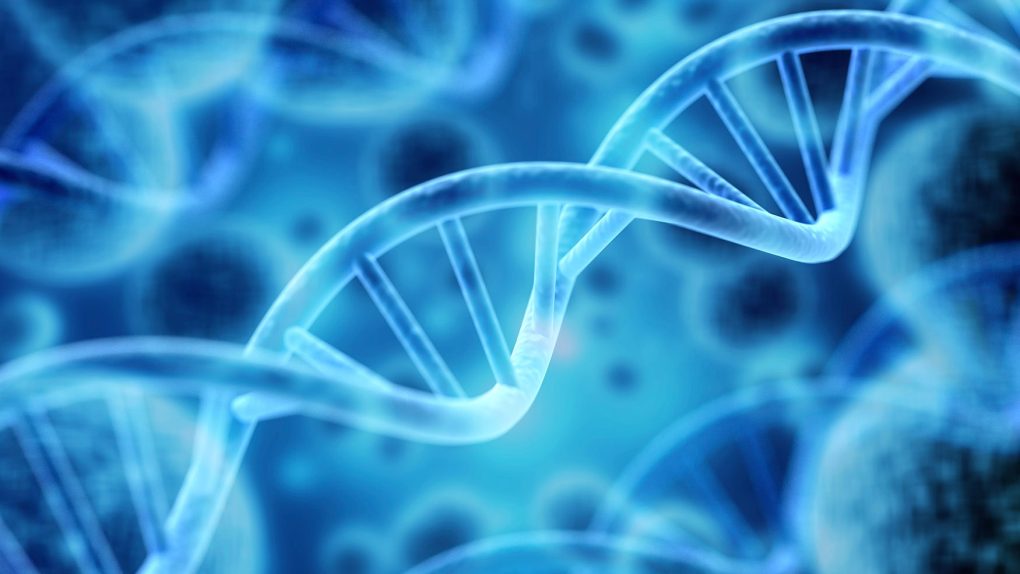- Scientists have developed a new therapy that they say can actually reverse aging on a genetic level.
- By having participants breathe pure oxygen in a hyperbaric chamber five days a week for three months, the team was able to effectively reverse the age of chromosome telomeres.
- Additional research is obviously needed in this field, but the results are promising so far.
Life as we know it marches down an inevitable path that we know as aging. Humans have a finite lifespan due to the nature of our DNA (and, really, all DNA, as far as animal life on Earth is concerned). But by identifying the way our DNA changes as we age and actually reversing the damage done over time, researchers in Israel appear to have come one tiny step closer to creating a science-based fountain of youth.
As Telegraph reports, the team of scientists from Tel Aviv University focused on a part of chromosomes called telomeres. Telomeres, which are situated on the end of our chromosomes, are longer when we’re born and grow shorter over time. They act as a protective feature of our genes and, when they shorten with age, DNA damage can occur and our bodies, as a result, begin to break down.
Black Friday 2020 is here

So, the researchers came up with a novel treatment approach to tackling the aging problem. They wanted to see if oxygen could work to reverse and revitalize the DNA, effectively rewinding time by lengthening the telomeres and bolstering its defenses.
In a trial that lasted for three months, volunteers aged 64 and older sat in a hyperbaric chamber and were asked to breathe through a mask. The mask provided 100% oxygen, and each participant sat in the chamber for 90 minutes, five days a week. After the trial period was over, the researchers examined the participants’ DNA and found that the telomeres of the individuals were “young” again. The scientists say that the telomeres looked like they would have when the participants were in their mid-20s, which is really an incredible accomplishment.
What’s more, the oxygen therapy could be combined with other types of anti-aging therapy to further boost longevity in animal life, which includes humans. The net result of using multiple therapies has not been studied in any great detail, and while the DNA of the participants in the study does show concrete benefits on the microscopic level, it’s still unclear how those changes translate when it comes to lifespan. Will these participants live longer? If so, how much longer, and are there any potential drawbacks to this type of therapy?
Those questions and others will need to be answered before anyone can make a claim that they’ve found a way to extend human life beyond what would be possible with a healthy lifestyle alone.








